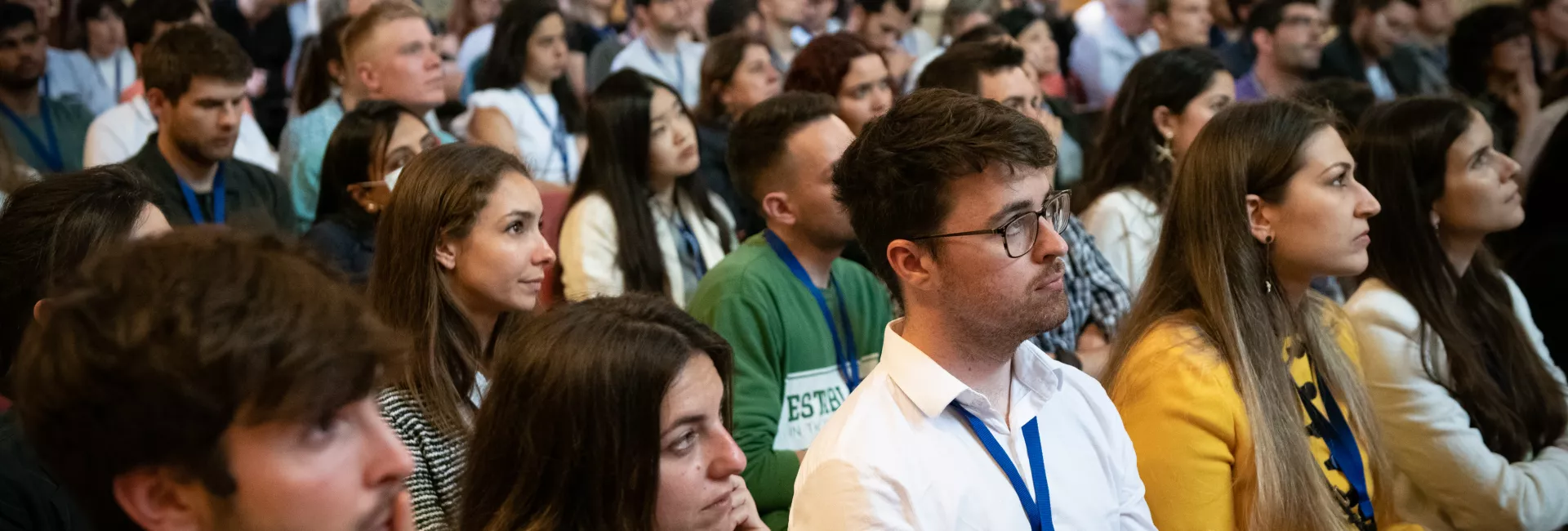Speaker: Anne Royou, PhD. Group Leader, National Center for Scientific Research (CNRS). Institut Européen de Chimie et Biologie, France.
Presentation
Organizers: IRB Barcelona
Date: Wednesday, February 7, 15:00h
Place: Aula Fèlix Serratosa, Parc Científic de Barcelona
Host: Dr. Cayetano González (IRB Barcelona)
Abstract
During interphase, DNA lesions such as double strand breaks (DSB) trigger a signalling pathway called the DNA damage response (DDR) that repairs the damage while concomitantly delaying cell cycle progression. Recent studies have shown that in the presence of DSBs during mitosis, the early steps of the DDR are activated while the downstream repair pathways are inhibited. It is thought that these DNA damage sensors mark the DSBs to allow their efficient repair in the next G1 phase. However, how mitotic cells preserve faithful transmission of broken chromosome fragments while processing DSBs is not understood. We have recently identified a mechanism by which broken chromosomes are faithfully transmitted to daughter cells via the tethering of the two broken chromosome ends. This mechanism involves several mitotic proteins, including BubR1, Bub3 and Polo, which are best known for their role in monitoring the proper attachment of chromosomes to the spindle microtubules. I will present our recent findings that address how BubR1, Bub3 and Polo are recruited to DNA breaks in mitosis and address their relationship to components of the DNA damage response.
Cell and Developmental Biology Programme Seminar

